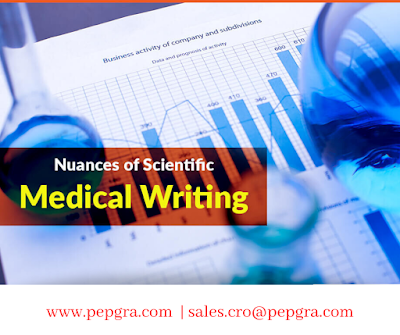Pharmacovigilance Literature Screening Challenges and Solution
During recent times,
regulations related to pharmacovigilance services have concentrated largely on medical
literature monitoring (MLM), which is a complex procedure, the scope of which
continues to deepen and widen.
- Background
Adverse drug reactions assume much significance in terms of
risk associated with safety of patients and will make a serious impact on costs
related to health systems. due to its significant implications for public
health and safety of patients, regulatory authorities round the world have
enforced and put into practice novel legislations
associated with pharmacovigilance in recent times.
From a historical standpoint, activities associated with
pharmacovigilance largely hinges on undertakings for detection , which is
executed on data assimilated from impulsive reporting systems. But since health
professionals tend to under-report any adverse drug reactions, the main target
of latest legislations are largely on pertinence of other safety information
sources.
Such sources would comprise of scientific literature for
tracking the benefit-risk profile of medicinal products, also as signal
detection[2]. Simply said, scientific and medical literature could convince
be a considerable source for valid information so as to watch the risk-benefit
balance and safety profile of medicinal products[3]. this is often specifically
in regard to detecting emerging issues in safety or new safety signals.
- Pharmacovigilance and Literature Screening: The Link
For the uninitiated, literature screening may be a key
element of pharmacovigilance. Medical and
scientific literature emerges as an important information source on cases of
suspected adverse drug reactions (these also are commonly termed as individual
case safety reports – ICSRs).
- Challenges
The continuous growth within the number of sources for data
or information, combined with the regulatory requirements could render the
procedure to be a rather formidable proposition. Considering that the sources
for information has increased multifold as compared to earlier, and therefore
the continuous shift in global regulations, teams functioning within the domain
of pharmacovigilance are under duress to return up with strategies that aren't
only flexible but extensive too
- Solution
The
European Medicine Agency’s (EMA) latest initiative (September, 2015) is concentrated on lowering the amount of duplicates in terms of monitoring medical literature and
efforts at review by the Marketing Authorization Holders (MAHs). This
initiative has the potential to reinforce monitoring of medicine for safety by improving the consistency and quality of data as reported within EudraVigilance.
- Conclusion
In the present day, there's definitely a gnawing need for the industry to adopt
novel, extensive, cost-effective and efficient solutions for medical literature
screening and review with a view to match the continuously evolving marketing,
regulatory and strategic requirements.
Read More :




Comments
Post a Comment